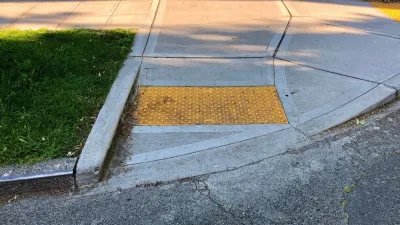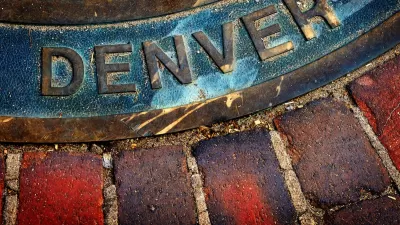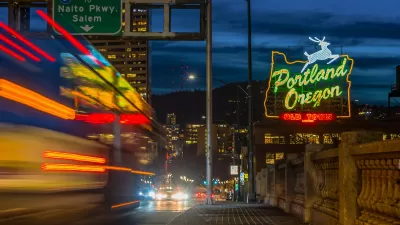Like a school of fish navigating the ocean depths or a mass migration of wildebeests, pedestrians follow fundamental laws of swarm behavior when making their way through crowded sidewalks. Alexandra Horowitz explains the laws of the herd.

If you've ever tried to navigate the sidewalks of SoHo on a busy weekend, it may seem like the maddening pedestrian behavior is chaotic and irrational. To the contrary, however, humans behave like other animals in crowds, according to a natural logic. And the science of pedestrian movement can help explain how the sidewalk animals are behaving. With the help of Fred Kent, from the Project for Public Spaces, who learned his craft from the eminent urban sociologist William H. Whyte, Horowitz describes the three primary rules that guide pedestrian movement.
"First, avoid bumping into others (while staying comfortably close)... A second rule: Follow whoever is in front of you... The final rule: Keep up with those next to you," explains Horowitz.
"These rules of 'attraction' (staying with others ...), 'avoidance' ( ...while not too close), and 'alignment' (going the same direction and speed as those around you) are sufficient to explain all herd, school, flock and swarm behavior — not to mention that of big-brained and busy human pedestrians."
FULL STORY: Walk Like a Fish

Alabama: Trump Terminates Settlements for Black Communities Harmed By Raw Sewage
Trump deemed the landmark civil rights agreement “illegal DEI and environmental justice policy.”

Planetizen Federal Action Tracker
A weekly monitor of how Trump’s orders and actions are impacting planners and planning in America.

The 120 Year Old Tiny Home Villages That Sheltered San Francisco’s Earthquake Refugees
More than a century ago, San Francisco mobilized to house thousands of residents displaced by the 1906 earthquake. Could their strategy offer a model for the present?

Ken Jennings Launches Transit Web Series
The Jeopardy champ wants you to ride public transit.

BLM To Rescind Public Lands Rule
The change will downgrade conservation, once again putting federal land at risk for mining and other extractive uses.

Indy Neighborhood Group Builds Temporary Multi-Use Path
Community members, aided in part by funding from the city, repurposed a vehicle lane to create a protected bike and pedestrian path for the summer season.
Urban Design for Planners 1: Software Tools
This six-course series explores essential urban design concepts using open source software and equips planners with the tools they need to participate fully in the urban design process.
Planning for Universal Design
Learn the tools for implementing Universal Design in planning regulations.
Clanton & Associates, Inc.
Jessamine County Fiscal Court
Institute for Housing and Urban Development Studies (IHS)
City of Grandview
Harvard GSD Executive Education
Toledo-Lucas County Plan Commissions
Salt Lake City
NYU Wagner Graduate School of Public Service





























